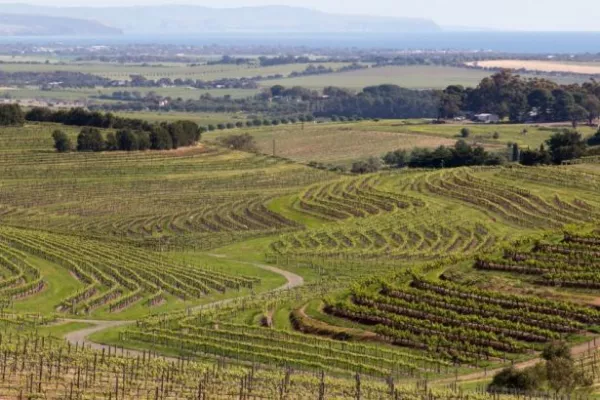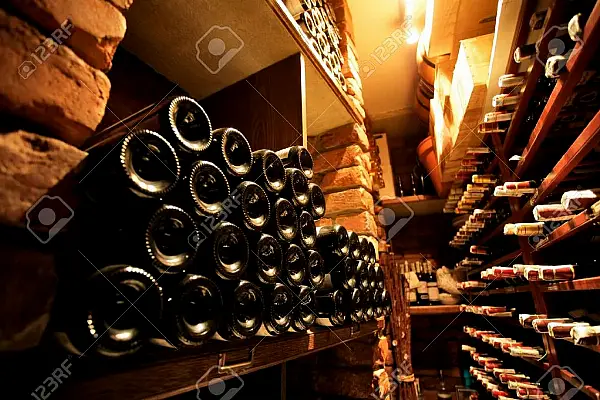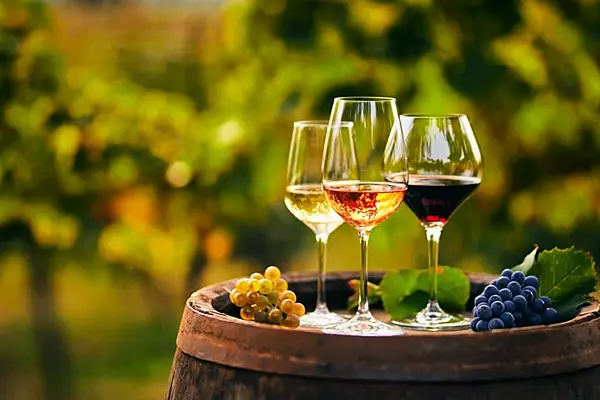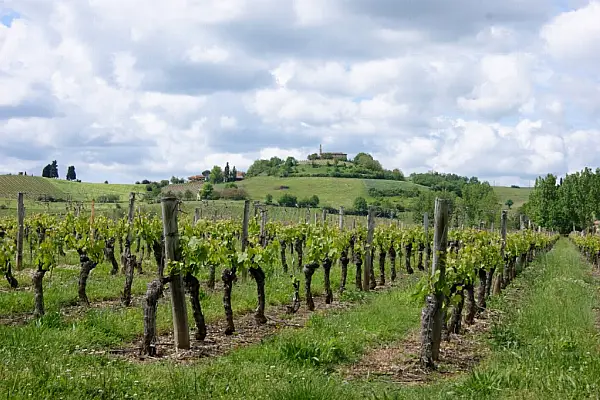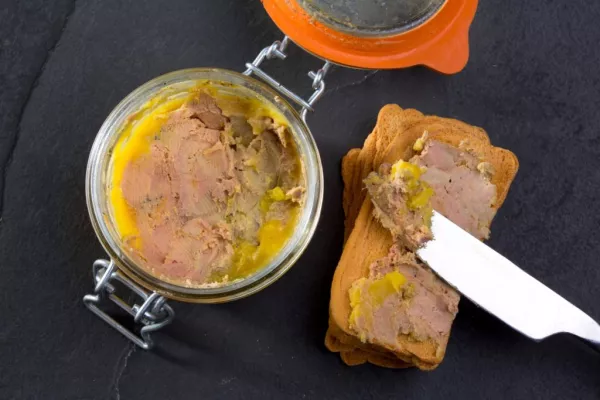The big wine story next week will take place in Bordeaux, where flags are already flying over turreted stone chateaus to welcome several thousand enthusiastic merchants and journalists. They’re swooping in from around the globe for en primeur, the region’s famous annual spring ritual. (Some call it a circus.)
From Monday to Friday we’ll all sip and spit hundreds of red, white, and sweet wines from the new 2016 vintage, still aging in oak barrels, to evaluate how the wines are turning out. The weather last year was, as they say, complicated but ended well. So far, local Bordeaux wine whisperers claim the quality of the 2016s is as exceptional, possibly even better, than the superb 2015s I reported on last year.
Based on a few quick chateau visits a couple of weeks ago, I’d say maybe they’re right. Here’s my sneak preview.
I stopped by a handful of top estates, including Château Calon-Ségur, Château Palmer, Château Pichon Baron, Château Montrose, and Château La Conseillante. The wines were all luscious to taste, with expansive floral aromas, plenty of plump fruit, freshness, and even more succulence and vibrancy than the 2015s. The second wines and estates’ other labels, such as Calon-Ségur’s Château Capbern, were also delicious. All the wines were vivid and dynamic; those from the Saint-Estèphe appellation are definitely better than their 2015s.
Is the vintage consistent at both top and less-prestigious estates? Will there be some super values? After sampling 500 or so wines next week, I’ll report in detail.
A Surprising HarvestMeanwhile, I heard plenty of 2016 gossip from winemakers at an annual event in the gigantic Bordeaux warehouse of negociant Millesima. Around us, stacks of thousands of wooden cases of older vintages reached the high ceiling, reminding us that selling Bordeaux is big, big business.
Nicolas Glumineau, who runs Château Pichon Lalande in Pauillac, told me, “2016 was a miracle, it’s like a mix of two great vintages, 2009 and 2010.” Others harkened back to the great twin years of 1989 and 1990, a pretty good recommendation. This, actually, is a surprise; Philippe Dhalluin of Mouton Rothschild, who had just flown in from London, explained, “The quality of 2016 was completely unexpected because of the year’s weather.”
Meaning: The growing season wasn’t exactly a slam dunk.
In his annual weather report, Bordeaux merchant Bill Blatch described 2016 as “a year of two long extremes, totally wet for the first half, then totally dry for the second.” Yes, the region was lucky compared with Burgundy, which was plagued by frost and hail, but constant rain and then record-breaking summer drought and heat waves stressed the grapes.
A thunderstorm on Sept. 13 saved the day, writes Blatch, and breathed new life into the vines. A long sunny autumn with cooler temperatures resulted in such good grapes at some estates they barely had to sort them during harvest in early to mid-October.
And there will be lots and lots of wine. The 2016 harvest is the largest in more than a decade, the equivalent of about 770 million bottles, according to official figures.
How that will affect prices is one of the questions merchants will be asking themselves, as they assess quality and decide what their clients might buy.
In case you’ve forgotten how the futures game works, it goes like this: The chateaus offer a portion of their wines while still in barrel to negociants, the 300 or so brokers who sell about 70 percent of all the wine produced in Bordeaux. The negociants tack on a margin of profit before selling them on to retail merchants, who then sell to customers, who finally pick up their bottled wines in 2019. The wines are aged in barrels for anywhere from 12 to 24 (or more) months and bottled at the chateau, and then released about six months later.
Many chateaus now hold back a big percentage of their wine, reckoning they can sell it for more later, especially in China, where wine lovers prefer to buy it only in bottle.
But quality is only one of the factors merchants consider when pondering which wines to snap up.
Global PoliticsThis year there’s plenty of global uncertainty, with the upcoming French elections, the falling British pound, and the triggering of Brexit this week. All could make it difficult to hawk wine outside of France.
“A new, hugely important variable in the U.S,” Shaun Bishop of JJ Buckley emailed, “is what kind of impact the proposed border-adjustment tax being debated on Capitol Hill might have.”
Happily, sales of 2015 futures were a qualified success compared with the previous lackluster four years—though still nothing where barrel sales were for the great 2009 vintage.
In the U.S., though, the dollar is strong and Bordeaux appears to be back, after a hiatus with very little wine-lover interest. “We sold thousands of cases of good values like Tour St. Christophe futures last year,” emailed Chris Deas of Westchester, N.Y.-based Zachy’s. “En primeur is now a hot trend to follow.” A couple of merchants I spoke to sold about same amount stateside as they did of the 2009s.
No one, though, unloaded a lot of first growths like Château Lafite Rothschild; 2015 futures are now selling for about $550 a bottle. The sweet price spot, explains Dan Snook of negociant Joanne USA, is less than $100.
Price—and the exchange rate—will be very, very important. Clyde Beffa of the Bay Area’s K & L Wine Merchants, cautions, “The second vintage of back-to-back great vintages always falter if prices are the same or higher.”
So far, so good. On Monday, March 27, sweet Sauternes estate Château Guiraud was the first to announce its release price, even before buyers tasted it, and pitched it at €30 ($32.40), the same as for the 2015.
All these merchants said they’ll be looking for values. Hey, me too.
News by Bloomberg, edited by Hospitality Ireland
